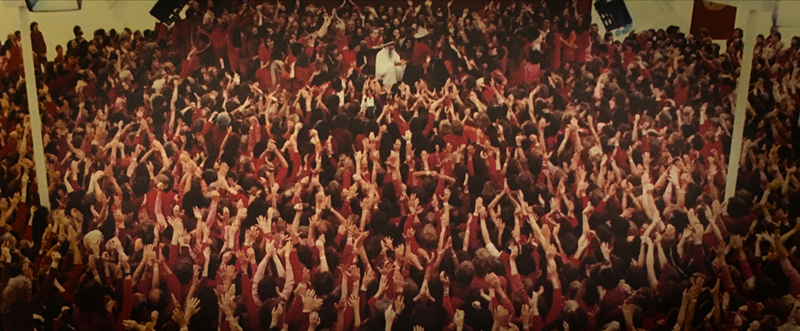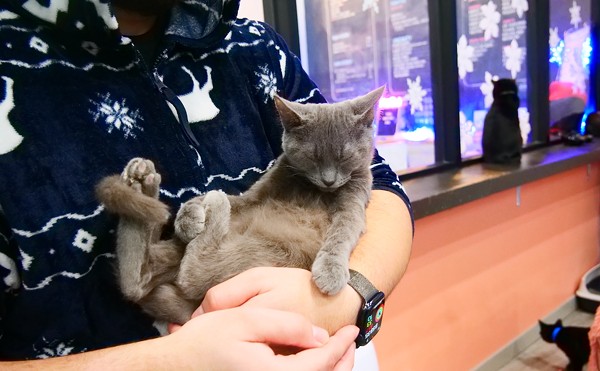If “Rajneeshpuram” doesn’t ring a bell, you’re not alone. The self-made community that seemingly popped up overnight on a Central Oregon ranch in 1981 and the controversies that surrounded it have been largely forgotten by those not directly affected. In this time of documentaries and dramas rehashing highly publicized true crimes, Wild Wild Country (Netflix) hits a sweet spot by exploring an unbelievable real-life American saga that is still news to many viewers.
While I believe it’s best to enter this docuseries as blindly as possible (as I did), Wild Wild Country follows a tiny Oregon town, the Rajneesh movement inspired by an Indian guru and the explosive results when the two intersect.
When members of the so-called cult buy a 64,000-acre property in Wasco County and quickly transform it into a self-sufficient bustling city called Rajneeshpuram, residents in surrounding areas —mostly older, conservative retirees — quickly grow concerned. What unfurls is a chain reaction based in fear: fear by locals of this strange group all clad in red, orange and purple infiltrating their sleepy farming town; fear by the sannyasins, as the members were called, that the town would try to kick them out of what’s legally theirs. All the while, these fears further escalate to catastrophic levels.
At the risk of comparing very different beasts, this miniseries gives Making a Murderer a run for its money in terms of binge-ability, crazy twists and unforgettable characters. Wild Wild Country offers a far more unbiased view that explores voices and faults on both sides. Footage comes mostly from a treasure trove of archived video and news clips, with contemporary interviews from former members and Oregonians. These people are all biased — it would be difficult to find a first-person account that wasn’t tainted, because everyone involved was very much on one side or the other.
By presenting these differing views side by side to create an even playing field, it actually gives more of a fair view than, say, Making a Murderer. Those filmmakers wanted the audience to walk away rooting for Steven Avery. Here, directors Chapman and Maclain Way put the ball in your court. Good luck taking sides.
From the very beginning, each episode throws you into the thick of the action, leaving you (or at least me) yelling, “What?!” at the screen throughout the series. With the pacing of a runaway train, there are literal blink-and-you-miss-it clues and revelations as this unusual story unfolds. Even still, there are many questions left unanswered. Some facets are left unexplored, as it would be impossible to cover every angle in six hour-long installments.
Forget all the click-baity reviews dubbing Wild Wild Country a “sex cult doc” — the truth is far more complicated and fascinating than a group of horny hippies living on a commune. And to compare it to other cult-demystifying fare would miss the point, because it’s a much larger story involving American freedoms, laws, capitalism, working the system and fighting it.
When you think of “fringe groups” and who might join them (because, let’s be honest, who willingly joins a “cult”?), you might think of people in desperate positions with nowhere else to turn. That might be true of some sannyasins, but many of them were very successful, educated, intelligent and often wealthy people looking for that esoteric “something more.” At Rajneeshpuram, people from all over the world and all walks of life could put their skills to work and actually build a community. But what went on behind the scenes was conversely less than idealistic — to say the least.
Enigmatic leader Bhagwan isn’t even the most interesting character at play. In fact, little time is devoted to him in comparison to his secretary-turned-spokesperson-turned-de-facto-leader Ma Anand Sheela, the series’ true star. It is Sheela who uses her experience in and knowledge of the U.S. to transform the group from a small gathering of internationals in an Indian slum to an incorporated American city with a population of 7,000, complete with its own banking system and law enforcement. The lengths she is willing to go to protect Rajneeshpuram — or advance herself and her own power, you decide — is nothing short of remarkable.
Contact Jac Kern: @jackern






